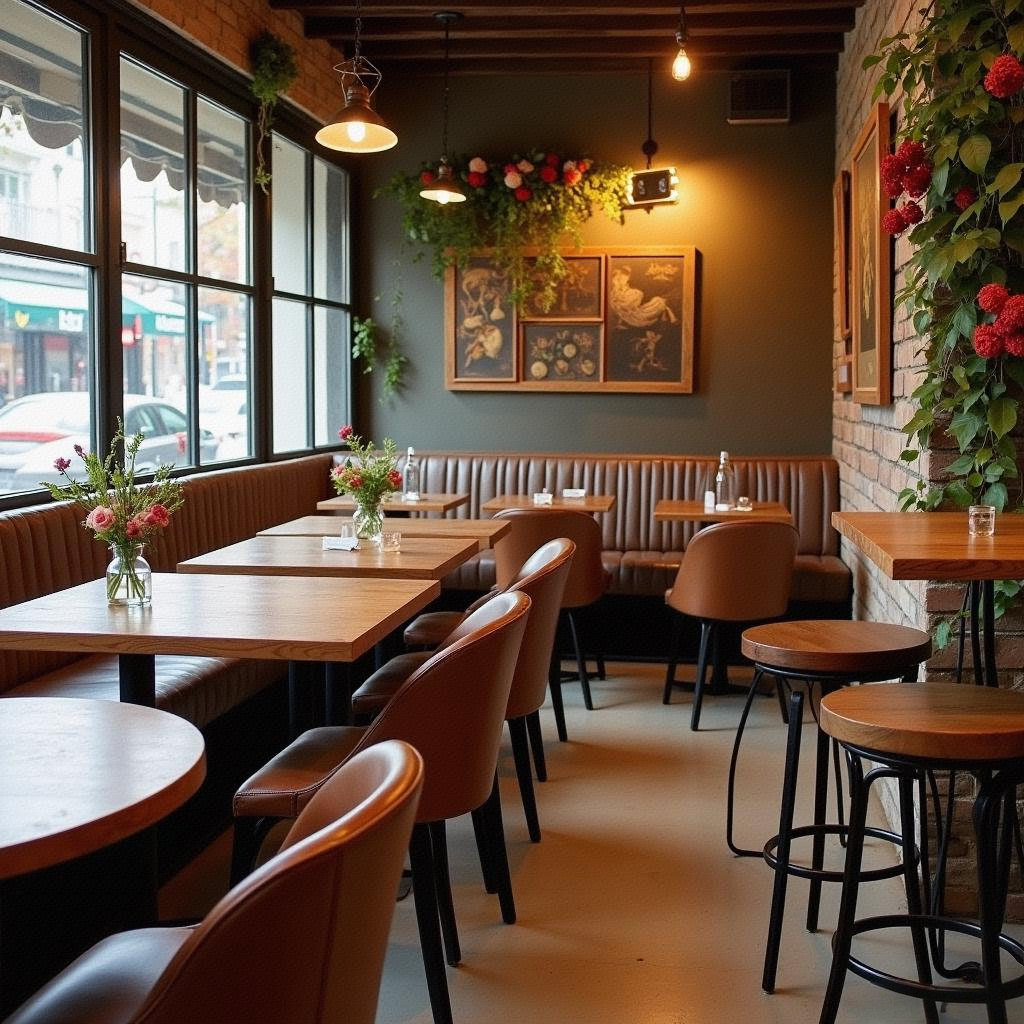Panel furniture refers to disassembled modular furniture with wood-based panels as the main substrate and panel as the basic structure. Common artificial boards include plywood, blockboard, particle board, and MDF. Plywood (plywood) is often used to make furniture that requires bending and deformation; the performance of blockboard is sometimes affected by the core material; particleboard (also known as particle board, bagasse board) is loose and only used for low-grade furniture. The most cost-effective, most commonly used is medium density fiberboard (MDF). The common finishing materials for panel furniture are thin wood (commonly known as veneer), wood grain paper (commonly known as sticker), PVC rubber sheet, polyester paint surface (commonly known as baking paint). Common artificial boards include fragrant boards, plywood, blockboard, particle board, and MDF.

1. Benefícios de móveis em painéis Uso completo da madeira, desmontagem e montagem efetivas, ciclo de produção conveniente, forma estável, forma estável e não se desforma facilmente
2, os desvantagens da mobiliário de painel
Para obter mais benefícios, alguns comerciantes produzem materiais de baixa qualidade, como madeira de fibra, e a prática de envolver todos os painéis em móveis faz com que seja fácil liberar formaldeído prejudicial ao corpo humano, o que não é suficientemente protegedor da environment.
(2) não natural A maior diferença entre o material usado para mobiliário de painel e o material de mobiliário de madeira macia reside na naturalidade do material. A maioria do mobiliário de painel atual é design de revestimento, que tem padrões repetidos e carece da sensação natural dos materiais naturais.
3. Limpeza e manutenção de móveis de panelagem
a. Place it smoothly The floor of the panel furniture must be kept flat and the four legs balanced. If the furniture is placed in a state of frequent swaying and unstable after being placed, the hoe or the fastener will fall off and the bonding part will be cracked, which will affect the use effect and reduce the life of the furniture. In addition, if the ground is soft and the furniture is unbalanced, do not use wooden boards or iron sheets to cushion the furniture legs. Even if it is balanced, it will be difficult to evenly distribute the force.If it will last for a long time, it will damage the internal structure of the furniture. The only way to compensate is to trim the floor, or use it slightly. A large area of hard rubber sheet is laid on the south side to make the furniture legs stand smoothly.
b. Remover poeira. É melhor usar um tecido de algodão de malha para remover a poeira do móvel e, em seguida, usar um pincel de lã macio para remover a poeira dos padrões em relevo ou estampados. Os móveis pintados não devem ser limpos com gasolina ou solventes orgânicos. Pode ser limpo com um verniz sem cor para aumentar a brilho e reduzir a poeira.
c. Avoiding the sun It is best not to be exposed to direct sunlight in the position of the furniture. Frequent sun exposure will fade the furniture paint film, metal parts will be easily oxidized and deteriorated, and the wood will be brittle. Summer is best to cover the sun with curtains to protect the furniture.
d. Umidade interna Apenas mantenha a umidade interna e não deixe a mobília molhada. Na primavera e outono, o umidificador deve ser usado para limitar o tempo e evitar que a mobília seja danificada devido a umidade excessiva, como podridão de madeira, ferrugem em partes metálicas e abertura fácil das partes adesivas.
通常,家具清洗的次数越少越好,避免使用碱性水。只用清水和湿布擦拭,再用干布擦干净即可。

